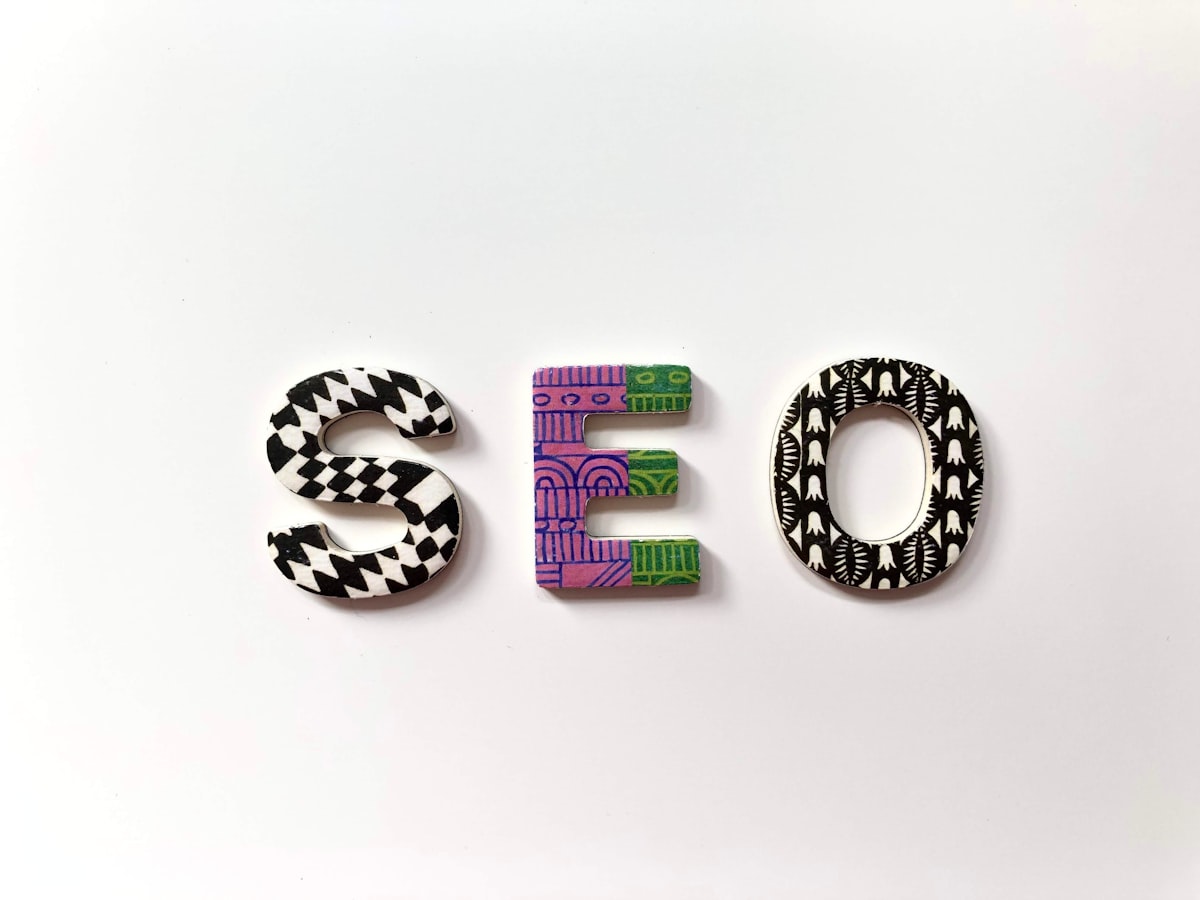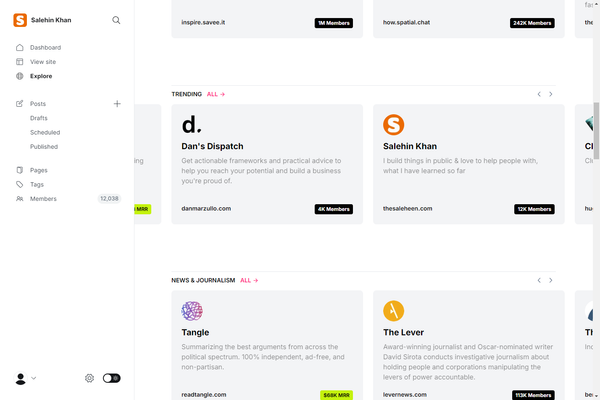Mastering Technical SEO: The Beginners Guide for Improving Your Website's Visibility

As the digital landscape continues to evolve, the importance of Technical SEO in driving traffic to websites has become increasingly crucial. A website that is technically optimized can help search engines crawl and index its pages more efficiently, resulting in higher rankings and increased organic traffic.
What is technical SEO
Technical SEO refers to the process of optimizing a website's technical aspects to improve its visibility and ranking in search engine results pages (SERPs).
It includes optimizing elements such as site architecture, page speed, mobile-friendliness, and on-page HTML tags to ensure that search engines can crawl, index, and understand a website's content.
Technical SEO helps to improve a website's user experience, making it easier for visitors to find the information they need and for search engines to recognize the website's relevance and authority in its niche.
In short, technical SEO is an important aspect of digital marketing that can help businesses attract more organic traffic and improve their online presence.
In this blog post, we will explore the key aspects of Technical SEO that webmasters should focus on to improve their website's visibility in SERPs.
Site architecture and crawlability
The website's structure and organization play a crucial role in Technical SEO. A well-organized website makes it easier for search engine crawlers to navigate, index, and understand the website's content.
Therefore, webmasters must focus on creating a clear hierarchy of content and internal linking, ensuring that search engines can crawl and index all of the website's pages.
Some best practices for improving site architecture and crawlability include:
- Creating a logical site structure with clear navigation.
- Providing a sitemap to help search engines navigate your site.
- Implementing internal linking to help distribute page authority throughout your site.
- Ensuring that your site has no broken links or 404 errors.
Page speed optimization
Site speed is a critical factor in Technical SEO as it affects user experience and can influence how search engines rank your site. A fast-loading website provides a better user experience, which can lead to higher engagement, longer sessions, and lower bounce rates.
Some ways to optimize page speed include:
- Minimizing the number of HTTP requests by reducing the number of elements on the page.
- Compressing images and using the appropriate image file format to reduce file size.
- Enabling browser caching to speed up page loading for returning visitors.
- Using a content delivery network (CDN) to reduce page load times for users in different geographic locations.
Mobile Optimization
In today's mobile-first world, ensuring that your website is optimized for mobile devices is crucial for Technical SEO. Google has been using mobile-first indexing since 2019, which means that it now primarily uses the mobile version of a website's content to rank pages.
Some ways to optimize for mobile include:
- Creating a responsive design that adapts to different screen sizes.
- Using mobile-friendly fonts and legible font sizes.
- Optimizing images for mobile by reducing file size and compressing them appropriately.
- Ensuring that your website's buttons and forms are easily accessible on mobile devices.
Technical on-page optimization
On-page optimization refers to the practice of optimizing individual web pages to rank higher in search engine results pages. Technical on-page optimization involves optimizing HTML tags, including title tags, meta descriptions, header tags, and alt tags, to ensure that they accurately reflect the content of the page and include relevant keywords.
Some best practices for technical on-page optimization include:
- Writing unique and compelling meta descriptions that accurately describe the page's content.
- Optimizing title tags by including the target keyword at the beginning.
- Using header tags (H1, H2, H3) to organize content and make it easier to read.
- Adding alt tags to images to improve accessibility and provide additional context to search engines.
Technical SEO is an essential part of any successful SEO strategy. By focusing on improving site architecture and crawlability, page speed optimization, mobile optimization, and technical on-page optimization, webmasters can create a technically optimized website that can attract more organic traffic and improve their rankings in search engine results pages.
Implementing these best practices will require time and effort, but the rewards of a well-optimized website can be significant.



